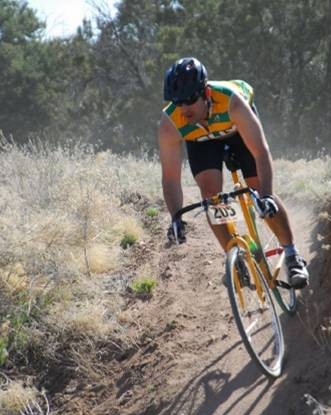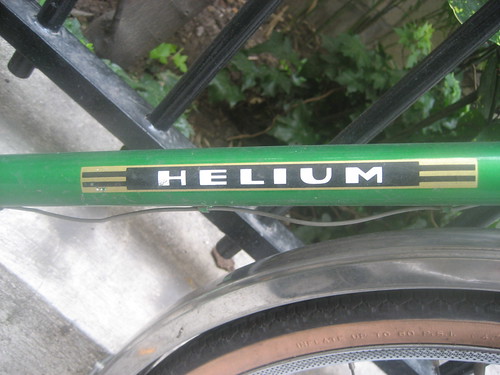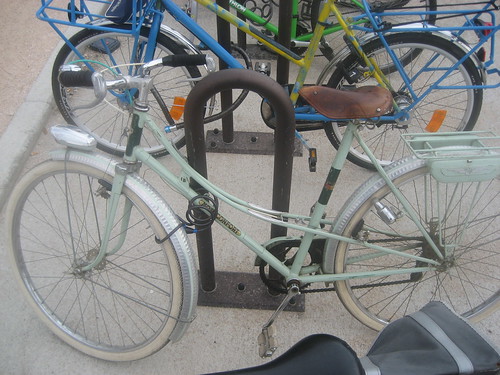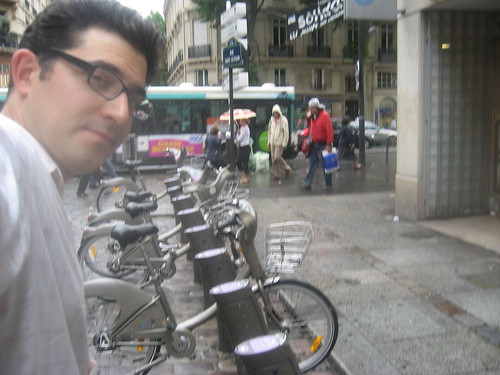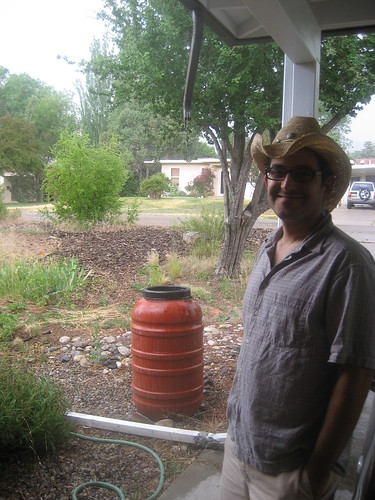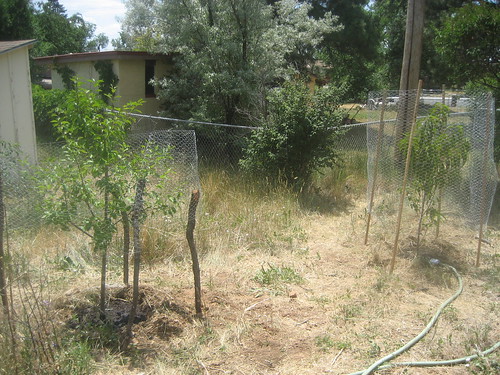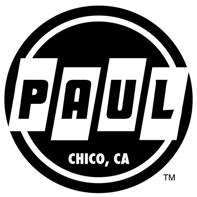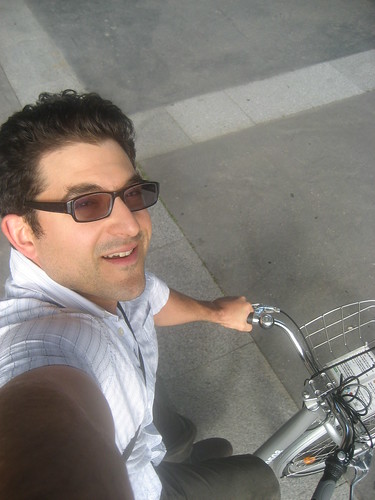
When I was off in france a couple of weeks ago, I utterly and completely failed to ride Paris' vaunted Velib system. It is not particularly user friendly for americans. The short story is that you need a eurostyle credit card with a chip or an American Express Card (AMEX not verified by me, but a trustworthy source deems it possible) to use the system in Paris. However, Dijon has a similar system and all you need is a access to the internet and a credit card and you can get a access number and a pin for 1 euro. So I did it and I rode it. Here are the details:
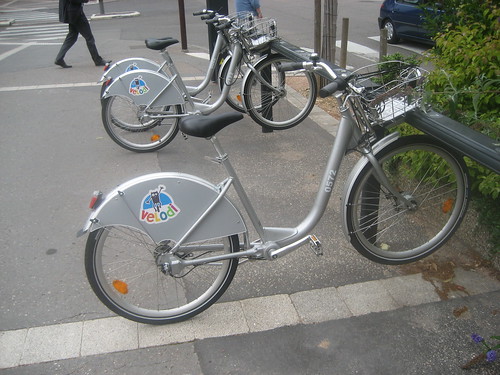
The bikes were not quite as space age as the Velib bike, but they were well appointed. Shimano three speed nexus hub with roller brake on the rear, shimano roller braked generator hub up front. Shaft drive. Fenders. Skirt guard. Front basket. Front LED light with standlight. Rear red LED generator driven light with standlight. Upright bars. QR seatpost for quick adjustment, but with a positive stop so you could not steal the seatpost. Special locked hubnuts. cable lock integral to the basket, with a key. Most uncomfortable seats known to man. Stations pretty much EVERYWHERE you would ever want to go in dijon, 33 stations in a city of less than 200,000.
They have a good website in french at Velodi.net that has all the info you need. If you are french impared you need to get to the main page and click "Formule Liberté" to sign up for a pass with your credit card. It costs you 1 euro (about $1.60 when I was there) for a year of access ( I think, I thought I was signing up for a week, but it was unclear as I am moderately french impared). Using a bike is free for the first half hour, 0.30 euro for each additional half hour, up to 4 hours or so and then 4 euro an hour afterwards. If you do not return a bike, they can charge you 150 euros to the card you used.
Skirt guard is riveted to the SKS type fenders, shaft drive
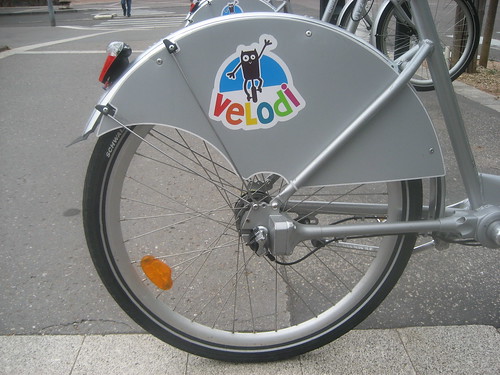
They were pretty fun to ride. The shaft drive was reasonable for town riding, there was a bit of odd slop, but the three speed hubs were somewhat dodgily adjusted so it was hard to tell what was a hub effect and what was from the shaft drive. The bars seemed to be reasonable for people in the 5' to 6' range, the seat certainly went higher, many taller people were riding them, but the bars might be a bit low. The fenders were pretty much sks type and often were in poor alignment. The lights were stock shimano dynohub type wiring and frequently the lights were not functioning.
Velodi Kiosk. With map of surrounding stations. Both English and French supported.
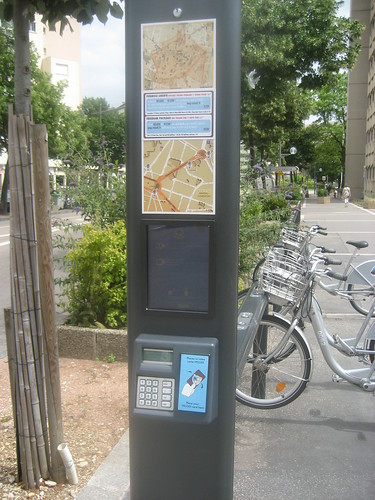
The kiosks were pretty easy to use. They operated in both english and french. You type in your access code and pin and the kiosk tells you what bike to use. The bike is unlocked for a period of time and you go and remove it from the rack.
If you had a cell phone, you could send a text message and, with your credit card, get a code in a few minutes after some texting. It is not obvious from the kiosk that you can get a code on the web, but the nice lady at the visitors center clued me in.
Riveted skirt guard, the logo is an owl, the a symbol of Dijon, note the excellent theft proof hub nuts, note the nice "coaster brake tab", note the out the back dropouts, note all the braze ons on the dropouts. Nice aero rims plus fat Schwalbe Marathon 26" (559) tires.
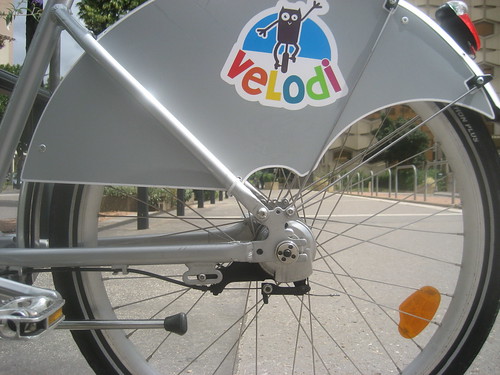
It was not entirely clear what would happen if the kiosk directed you to a bike that was disabled. There were hints of procedures to follow and numbers to call, but I could not quite figure it out. That said, the Velodi bikes, ignoring the frequently disabled lights, were in pretty good repair. the Velib bikes in Paris seemed to have a lot of bikes with flats, not obviously a problem in Dijon.
excellent baskets with protected lights. The knobs hanging down slot into the velodi racks and lock in when you return the bike. The lock is the cable under the light, you can make out the key, there is an integral bungee cord to hold down things in the basket.

However there were a couple of rules that were not obvious. When you return a bike, you can not pick up another one for 10 minutes. This is to prevent you from "hogging" bikes for free by returning and then picking them up in the half hour time limit. The downside is that you can not trade a bike with a mechanical with one that works in a timely manner. Not a big problem if you are near a cafe, but once this caused me and a pal to walk to the next station to find bikes with functioning lights at night. Along these lines, I once returned a bike to a station that was out of service. It accepted the bike but I was unable to rent one from that station again so I had to walk to another station. Not a big deal as the stations are pretty dense.
Super low step through frames with burly welded junctions
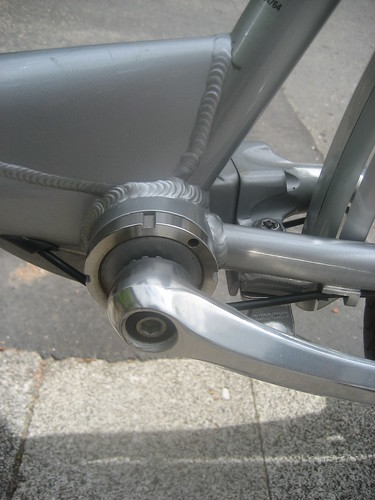
Dijon was a pleasure to ride around. There was a fair amount of traffic on fairly narrow streets, but there were bike lanes everywhere, although not particularly well thought out ones. The cars in the center of Dijon were pretty cognizant of huge numbers of cyclists riding poorly on the velodi bikes. It was pretty fun. Lots of cobblestone streets and signs that permitted riding the wrong way on one way streets and up streets that cars were normally prohibited from:

That said, not all streets allowed this. Specifically outside the touristy center of the town. My pal Shannon and I had a run in with the local constabulary over just this issue. I will write about this more later, but I learned that small town bored cops are pretty much the same everywhere. If you are riding in Dijon, it probably would behoove you to become familiar with the extremely subtle traffic lights and street markings in town. There is no double yellow line on streets and there are some streets that to me, even after a week in Dijon, were not obviously one or two way based on street signs and lines.
pal Shannon demonstrating skirt ridability and extreme reflecty sidewalls on the bikes

All in all the velodi bikes were pretty cool. I meant to go on an extended ride out along a canal townpath outside of town, but the combination of very uncomfortable seats and numerous thunderstorms blowing through led me to just sit around and drink espressos. They were ideal for cruising around town. I never had problems finding one when I needed it, and in a week of riding, all but one rack I encountered had return spaces available. When I was in Paris there was clear evidence of people jockying around looking for open places to return their bikes. A few racks near transit centers were either completely empty, or nearly so, in the morning and near full after work, indicative of locals from outside of town using the bikes to connect from the bus or train in, to their jobs in the morning.
The Velodi bikes, and systems like this, are a great boon to a city. It is important that the bikes are bombproof, available and easy to obtain. The key to success seems to be enough bikes and stations to support short jaunts and easy returns. Come hell or high water, I will be holding a credit card that allows me to use the Velib bikes in paris next time I return. Near as I can tell at least three or four cities in the US (Albuquerque, DC, Chicago and possibly San Francisco) are on the verge of launching a system like this. I sez, bring it on, make sure there are twice as many bikes and stations as you think you need. Yeaaaaaaaah Bicycles!
